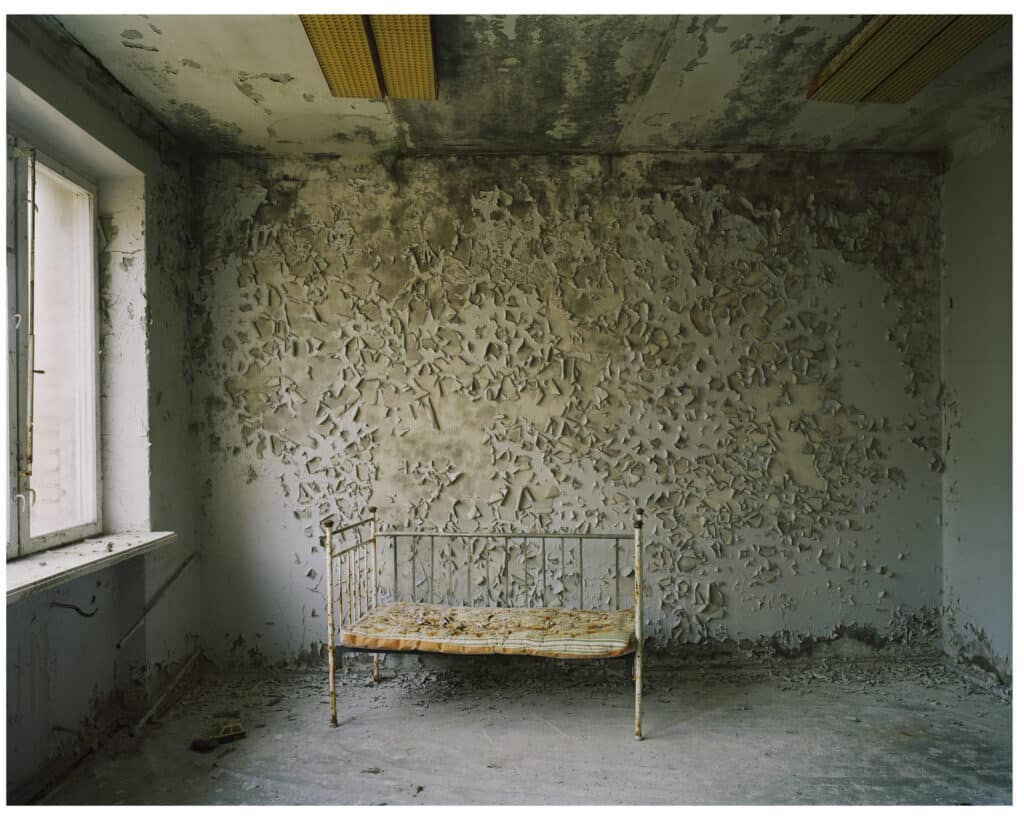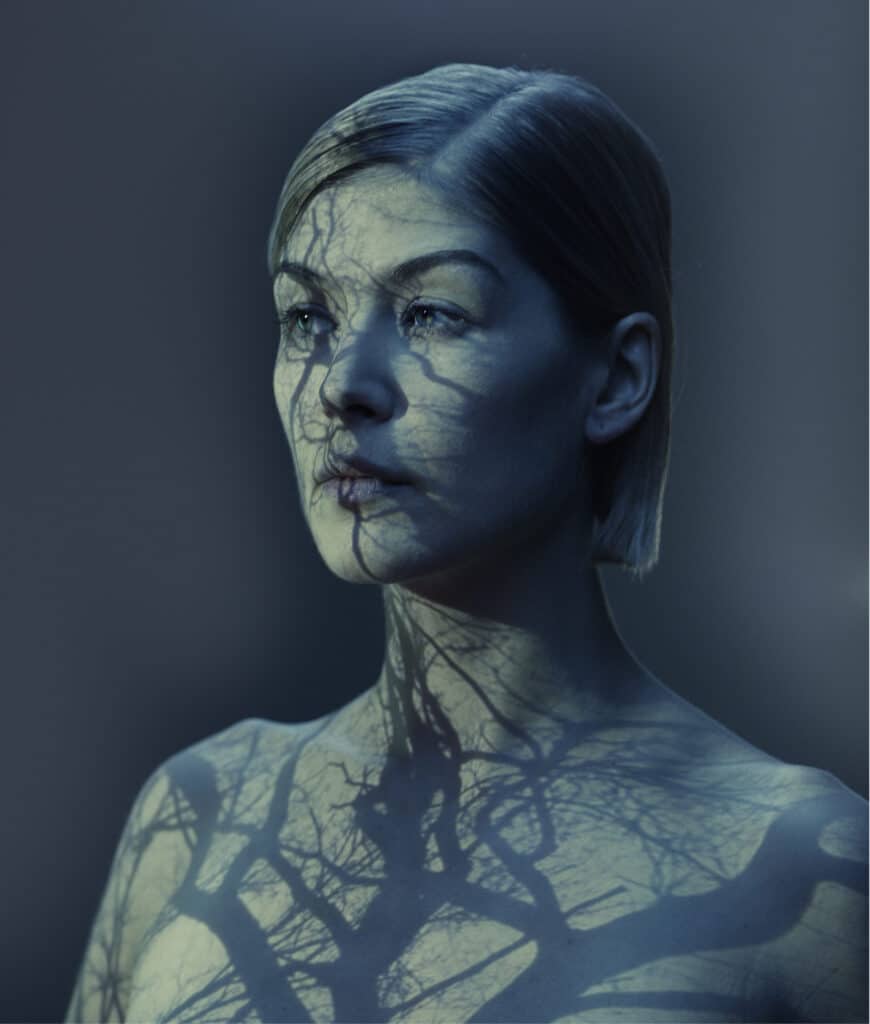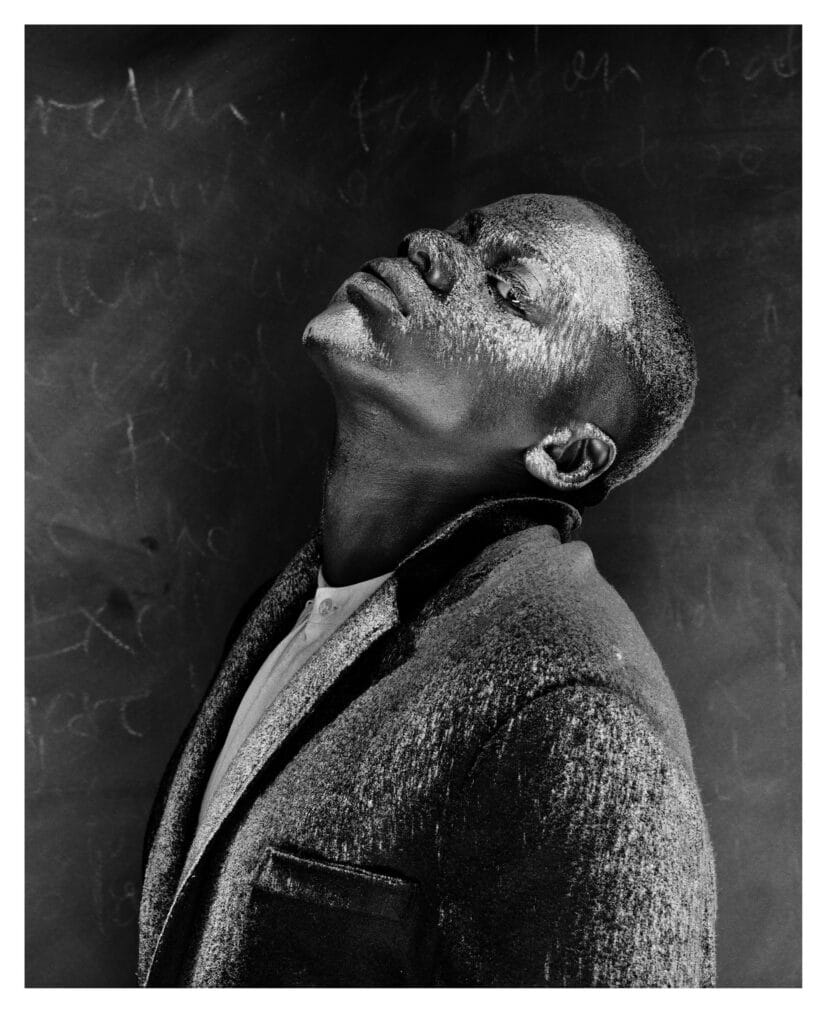For its 12th edition, the Portrait(s) festival in Vichy dedicates a retrospective to the work of Nadav Kander, the first in France. Portraits, nudes, landscapes and video installations… the British photographer and videographer is exhibiting around a hundred works from several of his series in the city’s Grand Thermal Establishment, which has become the main gallery of the festival since this year, with other exhibitions dotted around several places in the city.
Blind met with Nadav Kander on the occasion of the festival’s opening.
This is the first monographic exhibition of your work exhibited in France. How do you feel about it?
During Covid I started to look at my archive : maybe 70 000 negative pictures. I looked and marked every picture I thought was interesting. I’ve scanned probably 3 000 pictures from the 70 000. It took three or four years to scan it. It’s only just finished. So from that archive, suddenly I had a whole lot of new pictures in my hands.
For Portrait(s) festival, I wanted to make something that has a real reflection of the artist. There’s something about my work that always has some feeling, and I’d like that feeling to be made stronger and stronger the more you look around. So we left the most famous work out Because it’s been seen a lot. And I think it was a good choice.
“People always think that the meaning comes from the picture. It’s not that. It’s a triangle between the photograph, the subject and the person who looks at it”
Nadav Kander
You mention the notion of “cumulative effect” in your exhibition…
I’m not interested in photography that is 100% about what you focus your lens on. It doesn’t interest me. Even with a portrait, it’s a person’s face, but it’s not only that. It’s my face in their face. It’s also about the viewer. When viewers look at a portrait or a landscape, maybe they see loneliness, maybe they see love and they remember a love that’s lost or someone who died. It’s your reflection on a picture that makes a picture interesting. People always think that the meaning comes from the picture. It’s not that. It’s a triangle between the photograph, the subject and the person who looks at it.
Your portraits ask questions more than they give answers…
There’s a very great artist from the 1930s called Helmar Lerski. He said: “We have everything. You just have to choose where the light falls.” I believe that every human being has everything. We have envy, love, hate, vulnerability… Lerski gave me that passport. I understood suddenly what I was doing. It was the key.
How do you prepare a portrait photoshoot?
I always spend three hours, usually, working with the light before somebody comes. I don’t mind a short period with a person, but I need a long period to prepare. It’s like saying to a painter, you need to do a painting in 10 minutes. You can’t do it.
I’ve got books, 10 that big of every light. Every time I do a portrait or anything I like, I draw it. I have to draw it, I write down all the technical things, like what color I used. Because sometimes it’s nice when I think, “Oh, I would like to go stark, maybe the same way I did David Lynch”. And then I can look David Lynch, “Oh, that’s how I did it”.
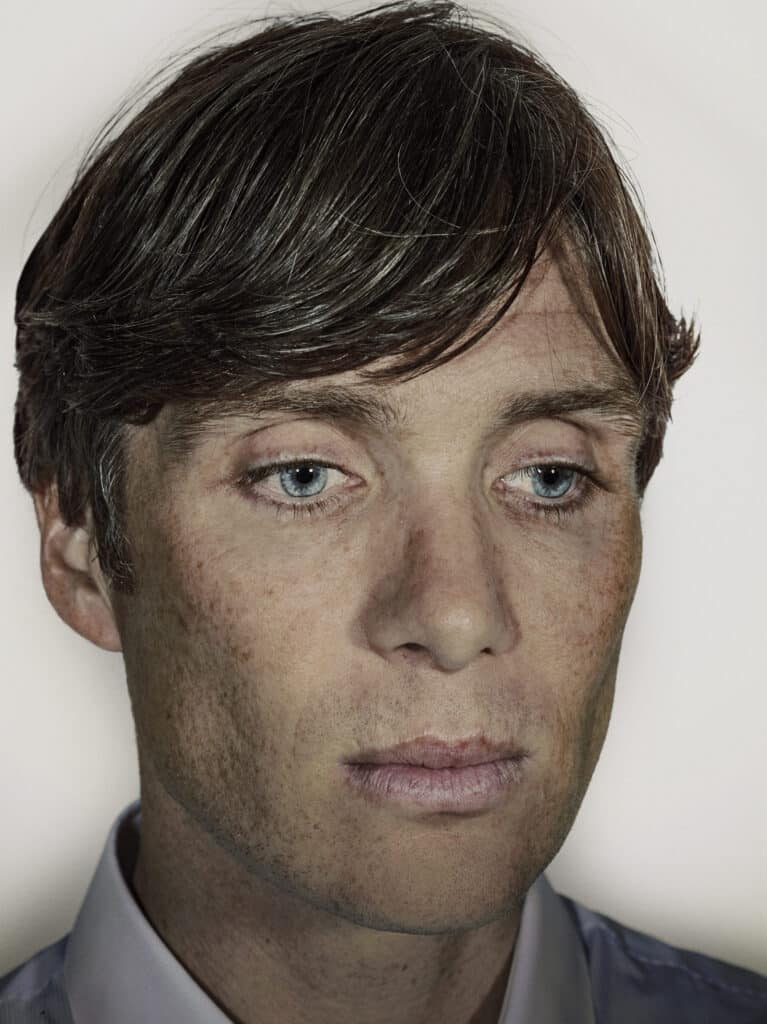
Could you tell us about your meeting with Charles III in 2013, then still the Prince of England?
It was very fortunate that he was on holiday at Birkhall, his private residence in Scotland. So he had time. At first, he came with a kilt, which I didn’t want. He asked “why?” and I said, “Because I want the portrait to be more fundamental”. So he went, he changed and he came back. He was very one of the easier people to photograph. He’s a very open man. He’s also quite naive in a good way, because he hasn’t experienced a lot of things because his whole life is so controlled, much more than his children. He was prepared to be very generous.
In 2017, you filmed with hidden cameras the reaction of visitors to Leonardo da Vinci’s Salvator Mundi. What does this video tell us about our reactions to beauty?
I like to present things that make you think, that make you feel, that make you wonder about human beings. I never thought people would cry when they looked at it. Some people stayed in that room for two hours. Other people came, looked, and were gone. It was incredible how different people were. So I think it’s really interesting looking at people looking. It’s not about the painting they’re looking at, it’s about watching them looking.
“Nothing is perfect. And that’s the beauty”
Nadav Kander
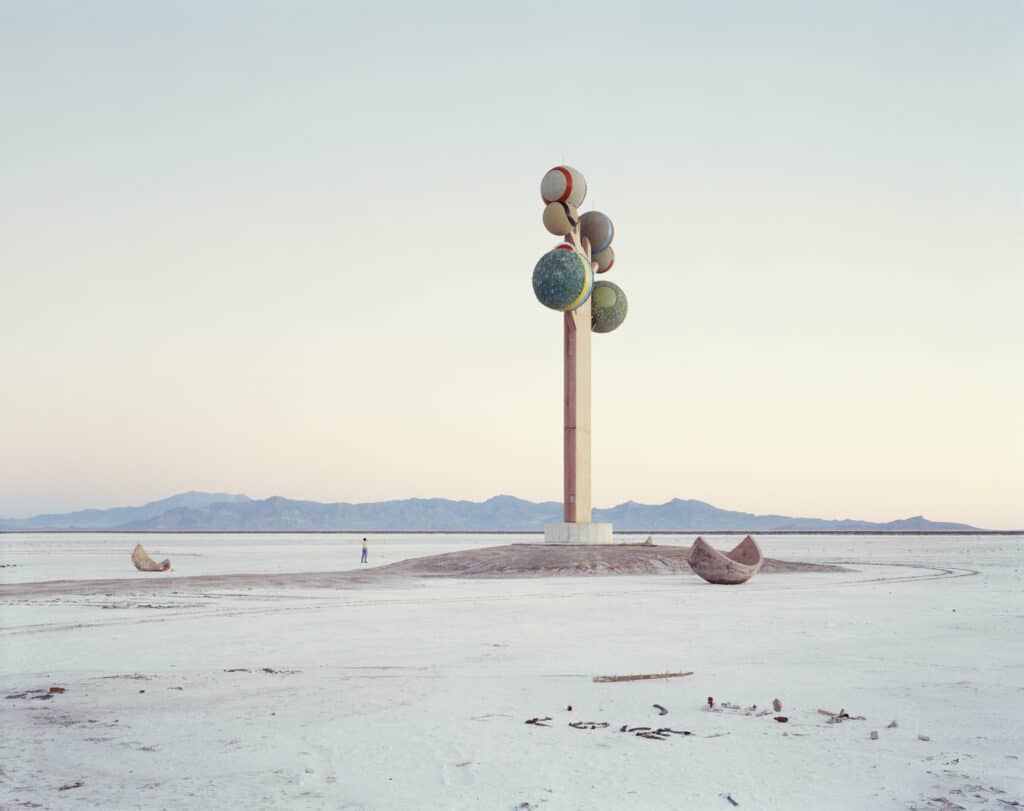
You are also a photographer of landscapes and ruins… What are you looking for in these desert and melancholic spaces?
Ruins are a very interesting subject because it’s always interesting to see nature overcoming land. They evoke very interesting responses. We often romanticize a ruin, we love the feeling of decay. I try not to hold away the things that are difficult for a human being. That life is as beautiful as death, that a baby is as beautiful as an old person, that a beautiful person only exists because imperfections exist. If you push it away, you’re really living half a life. Melancholy, solitude, reflection… I think all those words are what I gravitate towards and find very beautiful.
That’s your definition of beauty ?
Yes. Nothing is perfect. And that’s the beauty. I think perfection is frightening. If you think of beauty as perfection, it’s frightening.
The Festival Portrait(s) is on view in Vichy until September 29, 2024.
